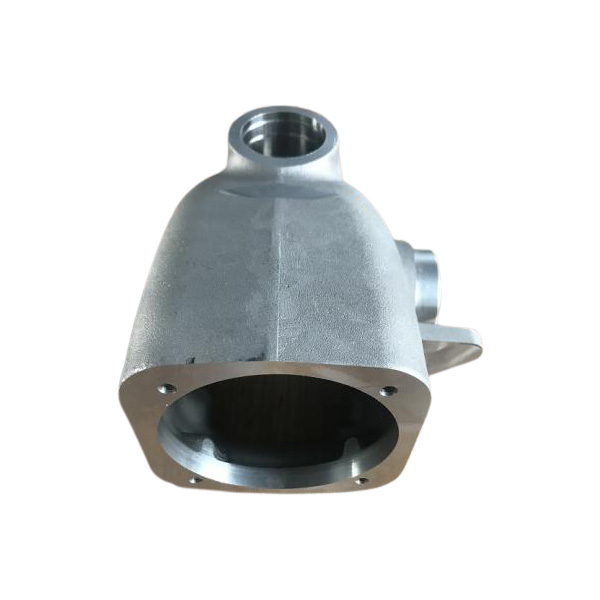Types of pipe joints
2024-01-11
A pipe joint is a connection or coupling between two or more pipes that allows for the conveyance of fluids, gases, or solids. Properly joining pipes is crucial for maintaining the integrity of a pipeline and ensuring the efficient transfer of materials. There are various types of pipe joints, each with its own advantages and best-use scenarios. Here are some common types of pipe joints:
1. Threaded Joints:
- Threaded joints involve screwing pipes together with threads on the ends of the pipes. Tapered threads are often used, and sealants like Teflon tape or pipe dope are applied to create a watertight and airtight seal. This type of joint is common in small-diameter pipes and is easy to assemble and disassemble.
2. Socket-Weld Joints:
- Socket-weld joints involve connecting pipes with socket fittings. The pipe end fits into the socket, and then the joint is welded for a strong connection. This type of joint is commonly used in smaller pipe sizes in applications where high pressure is not a critical factor.
3. Butt Weld Joints:
- Butt weld joints involve welding the ends of two pipes directly together. This creates a strong and seamless connection, suitable for high-pressure and high-temperature applications. Butt welds are common in industrial piping systems.
4. Flanged Joints:
- Flanged joints use flanges at the end of each pipe. Bolts and nuts secure the flanges together, creating a strong connection that is easy to assemble and disassemble. Flanged joints are commonly used in applications where frequent maintenance is required.
5. Compression Joints:
- Compression joints involve compressing a soft material (such as a rubber or plastic gasket) between two pipe ends. This creates a watertight and airtight seal. Compression joints are commonly used in plumbing applications.
6. Soldered Joints:
- Soldered joints involve using solder to join copper pipes. The joint is heated, and solder is applied to create a bond between the pipes. Soldered joints are commonly used in plumbing for water supply lines.
7. Brazed Joints:
- Brazed joints are similar to soldered joints, but they use higher-temperature brazing materials. This creates a stronger joint, suitable for applications with higher temperatures and pressures.
8. Grooved Joints:
- Grooved joints involve cutting grooves into the ends of the pipes and using couplings to connect them. Bolts and nuts secure the couplings. Grooved joints are convenient for quick assembly and disassembly and are often used in fire protection systems.
9. Clamp Joints:
- Clamp joints involve using clamps to secure pipes together. This type of joint allows for easy and quick assembly, making it suitable for temporary connections or applications with frequent changes.
10. Expansion Joints:
- Expansion joints are used to accommodate movement in a piping system due to factors like thermal expansion. They allow for flexibility and prevent stress on the pipes.
The choice of pipe joint depends on factors such as the application, the type of material being conveyed, the pressure and temperature conditions, and the ease of assembly and maintenance. Proper installation and selection of the appropriate joint are crucial for the overall performance and longevity of a piping system.



